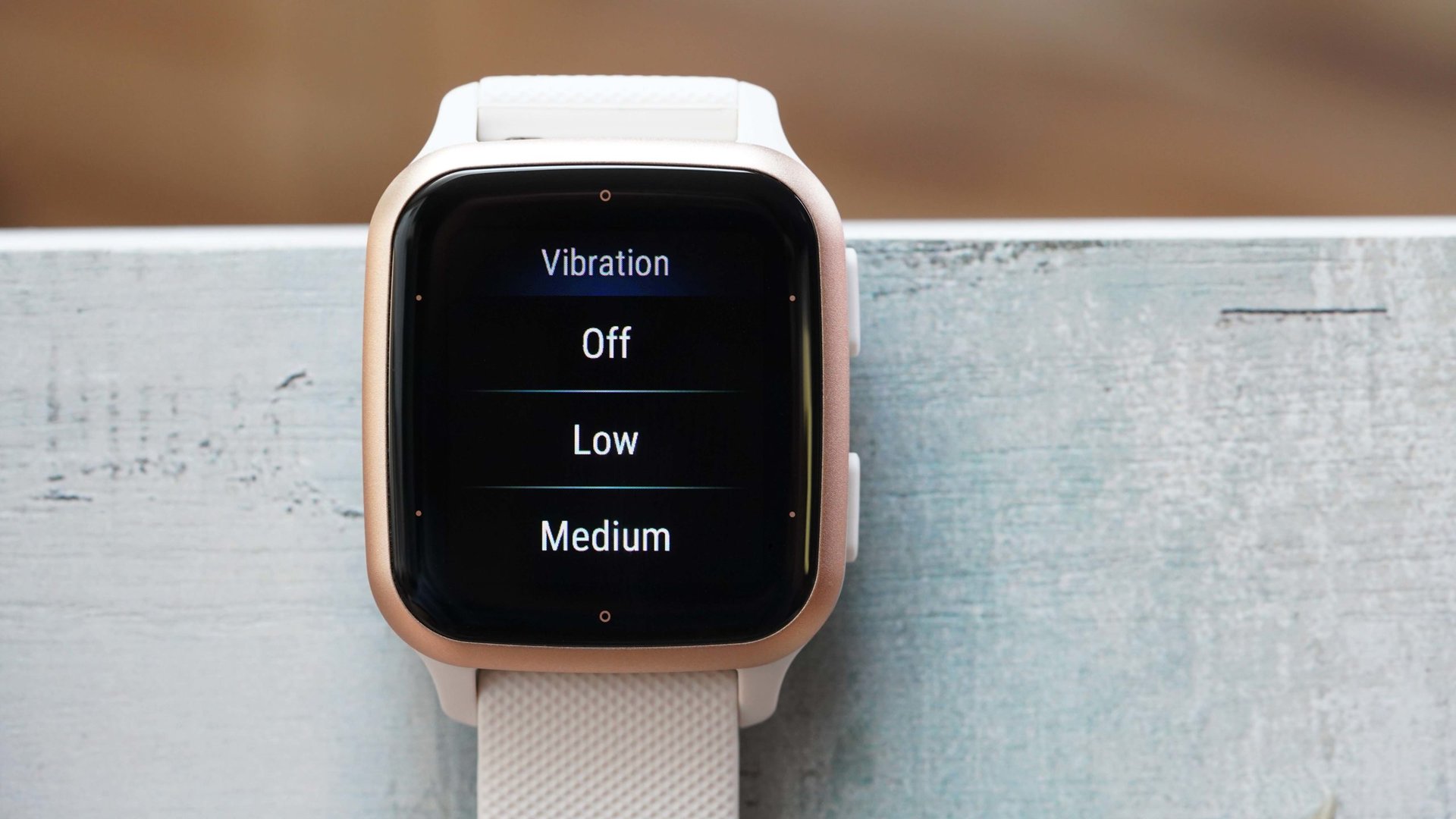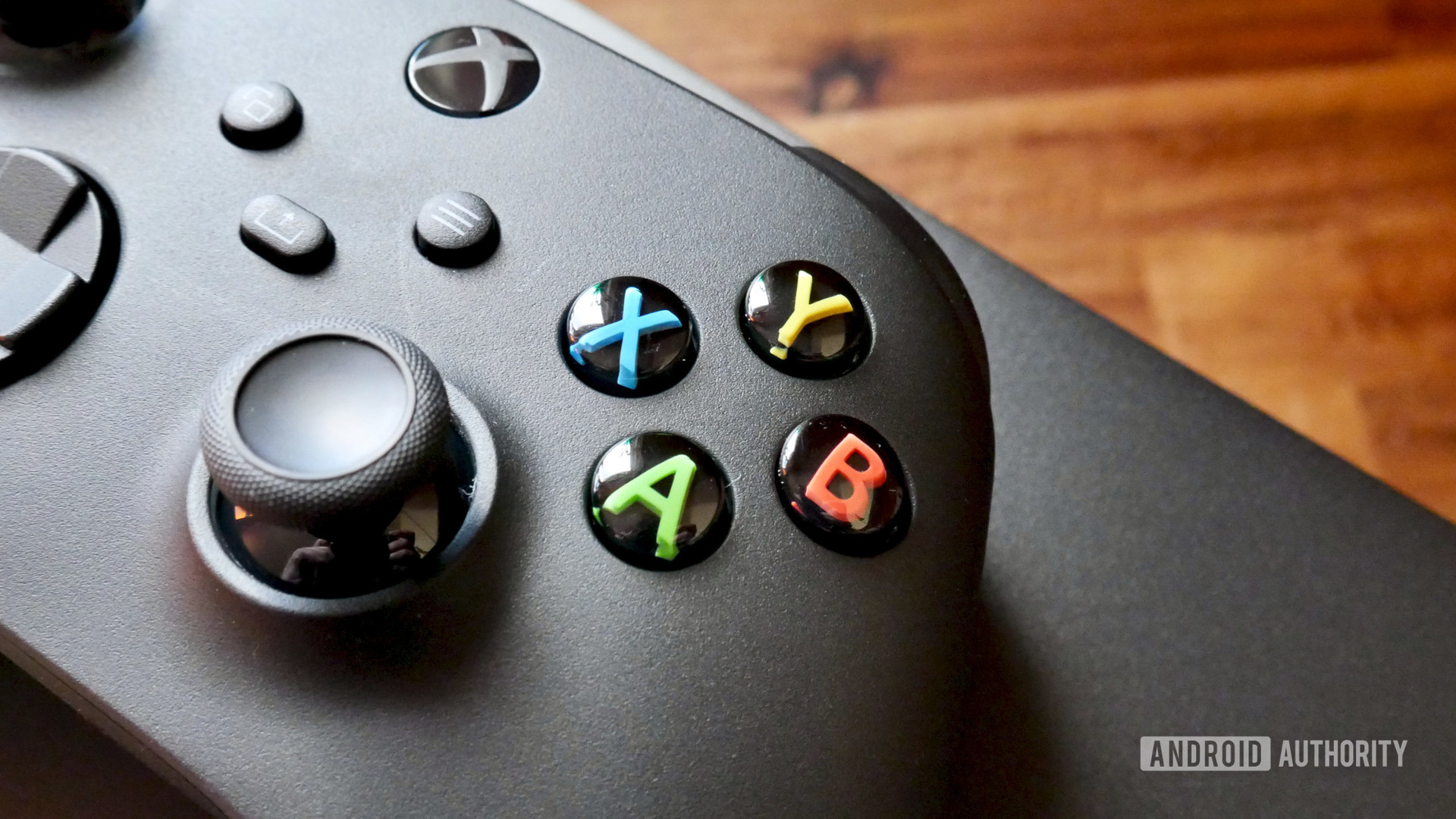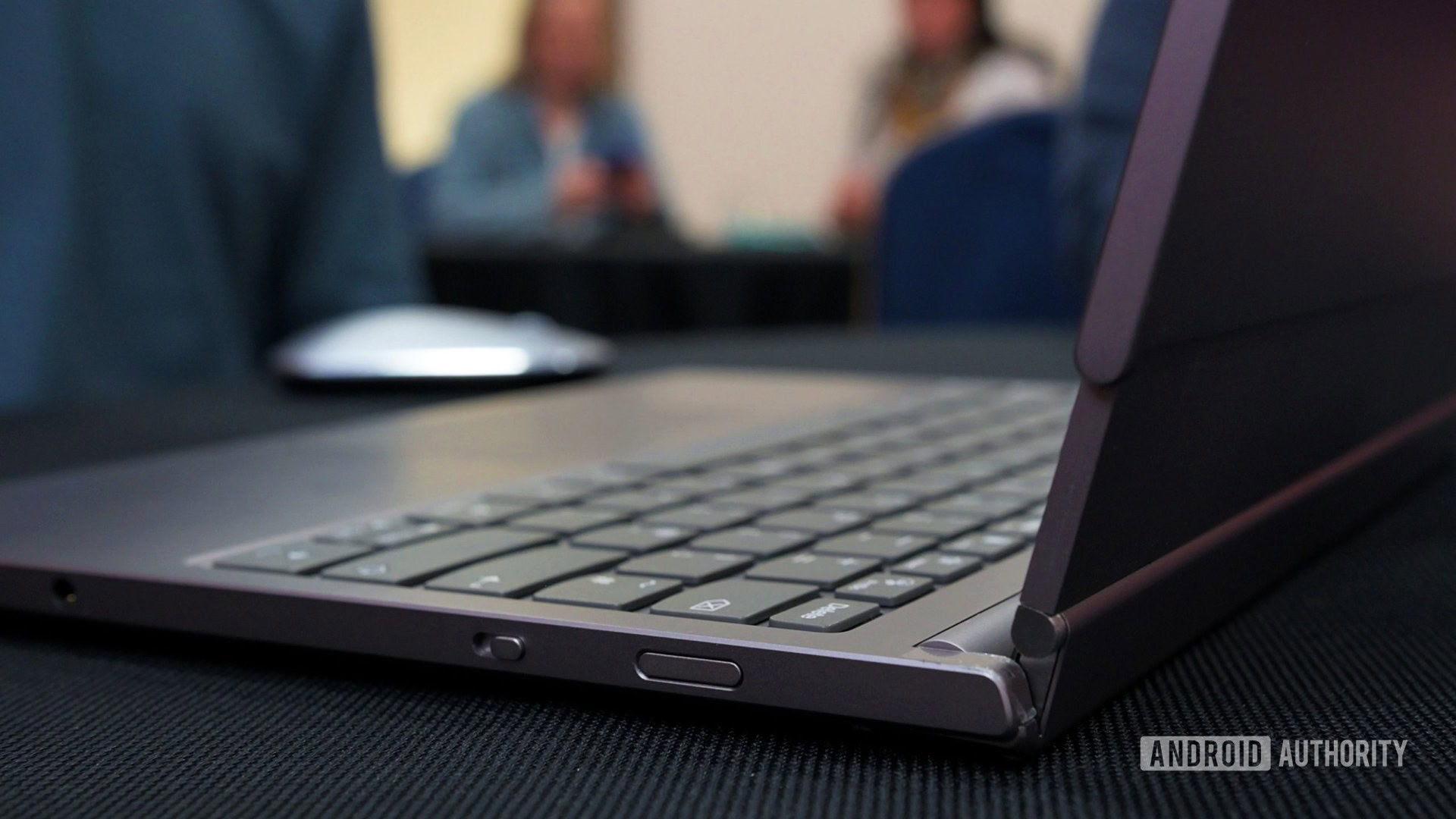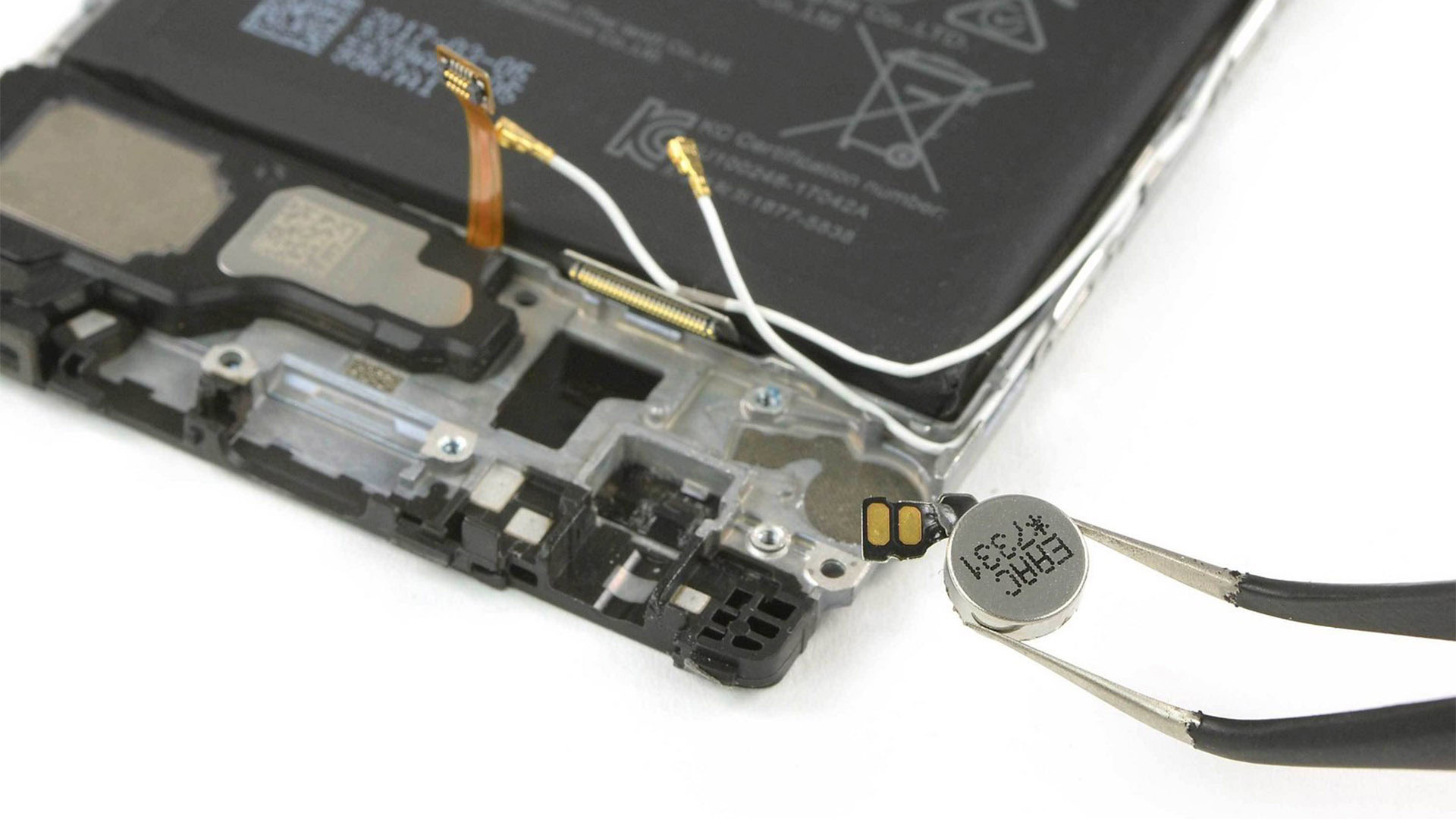Affiliate links on Android Authority may earn us a commission. Learn more.
What are haptics? Here's everything you need to know
Published onMarch 17, 2023

The year is 1997, and it’s around Christmas. You open your gifts to find a new accessory for your Nintendo 64. It’s called a Rumble Pak, a removable device that plugs into the back of your controller. Once plugged in, you start playing games. The Rumble Pak starts to vibrate whenever something epic happens on your TV screen. You have just experienced what is known as haptics. Haptics, known by a wide variety of nicknames such as 3D touch, is a set of technologies that simulate the experience of touch and motion. These days, you most likely experience haptics on your smartphone. Here is everything you need to know about haptics.
QUICK ANSWER
Haptics, or haptic technology, is a set of technologies that emulate the sensation of touch, force, or motion on hardware. Anytime a device uses a physical response to a user's input, that is an example of haptics.
JUMP TO KEY SECTIONS
What is haptics, and how do they work?
Haptics is a group of technologies that simulate touch, force, and motion in a hardware device. The technology is decades old, and you’ve no doubt run into it multiple times over the course of your life. These days, you’ll mostly see the technology in smartphones and gaming controllers. Many hardware devices, like keyboards, also make use of haptics to improve the experience. There are plenty of other places you can experience haptics. Most people associate this technology with some simple vibrations, but it can also include motion.
It usually works with some sort of mechanism inside the device. That mechanism activates when certain triggers happen. The feedback is then sent to the user’s hands through force, motion, or vibration. That tells the user that their interaction with the device is ongoing or successful. It’s a pretty vague definition but entirely accurate. Here’s an example. Let’s say you touch a button on your phone’s keyboard, and the phone vibrates to let you know that you, in fact, hit the button. That’s an example of haptic feedback.
There are a lot of different mechanisms that work for this. You’re likely most familiar with vibration motors, but some technologies use servo motors, electrical pulses, sound waves, air pressure, and even ultrasonic waves to simulate touch and movement in various ways. Some types of feedback are biological as well, but then we start getting into the more philosophical realm of haptics.
Different types of haptic technology

There are various types of haptics as well. Most people should be familiar with at least a couple of these.
- Haptic feedback (also known as vibrotactile feedback) — When a hardware device uses vibration as a means of feedback for the user. You most often see this on software keyboards where a phone vibrates on each keypress to simulate a hardware keyboard.
- Force feedback — When a hardware device uses motors to move on its own while a user is holding it. An example is a race car steering wheel controller. Some controllers will straighten themselves out when the player exits a turn, much like steering wheels do in real life.
- Kinesthetic feedback — A type of force feedback that simulates the weight or pressure of an object. Let’s say we’re using the steering wheel controller again. If it’s easier to turn when the player’s car is at lower speeds and harder to turn at higher speeds, the increase and decrease in resistance is kinesthetic feedback.
- Tactile feedback — Tactile feedback is similar to haptic feedback but with different mechanics. It can use electrical pulses, air pressure, and even sound waves. Mechanical keyboards with nonlinear switches are a mechanical example of tactile feedback.
- Ultrasonic feedback — This one is much less common, but somehow also the coolest. It uses ultrasonic waves to disturb the air, which the user can feel on their hands. It’s similar to tactile feedback, but doesn’t require contact with anything to feel it.
- Thermal feedback — This one also isn’t terribly common, but it uses temperature as a means to deliver feedback. This one is more biological than mechanic, but you’ve no doubt seen it when your parents touch your forehead to see if you have a fever. If you are uncharacteristically hot, your parents may further test your temperature to see if you are ill.
- Graspable, touchable, and wearable — Haptic devices are often categorized by how they are used. Gaming controllers are examples of graspable, smartwatches are an example of wearable, and vehicle infotainment displays are examples of touchable.
There are some other types, such as biomimetic and non-biomimetic kinesthetic feedback. However, almost every other type is a subset of one of the above types of haptics.
Where can you find haptic technology?

You can find haptics in all sorts of devices. It’s not a new technology. In general, you’ll find it in consumer products like smartphones, gaming products like controllers, and medical products to help people with various disabilities. Here is a list of products that feature haptic feedback.
- Smartphones and tablets.
- Gaming controllers of varying types.
- Wearable devices like smartwatches.
- Medical devices can alert you when it measures something that isn’t correct. One such example are heart rate monitors that alert you when your heart is acting up.
- Prosthetics are seeing quite a surge in the use of haptics to help limb-absent people control their artificial limbs better. Johns Hopkins and Drexel University have performed studies that show that haptics can reduce the mental effort when using prosthetics.
- Vehicles often use haptics on their infotainment displays. Some modern vehicles have removed physical knobs and switches in favor of a haptic system, although that’s not the safest option.
- Virtual reality applications, both recreational and professional, utilize haptics to help users navigate and interact with their virtual environment better.
Those are some of the most prominent examples, but there are countless others either in the development stages or in niche categories.
Why is haptic technology important?

Haptic technology is important because it gives us another way to interact with our devices. There are just so many examples of haptics improving the user experience that you can just cite those instances to get your answer. It doesn’t matter what it is. The Cherry MX Brown keyboard switches give you a bump in the middle of the keypress to let you know when you’ve acuated a button. People use vibration when typing on their phones so they can be more confident with their typing. Even people using artificial limbs benefit from the existence, development, and use of haptics. These are all valid reasons why haptics is important. It simply makes some people’s lives better.
We polled our readers back in 2019, and over 40% of them use haptics just to type. You can find Reddit discussions about the quality of vibration motors in many modern smartphones. That’s how much some people care about this stuff, and we’re just talking about things like notification vibrations and haptic keyboards on smartphones. In reality, it shouldn’t take much to convince you that haptics is important. Just look at all of the things it’s used for and all of the lives that are improved by its existence.
FAQ
Your device will cease to deliver feedback when you use it. Your device will not be damaged or anything.
It gives end users another method of interacting with their devices.
